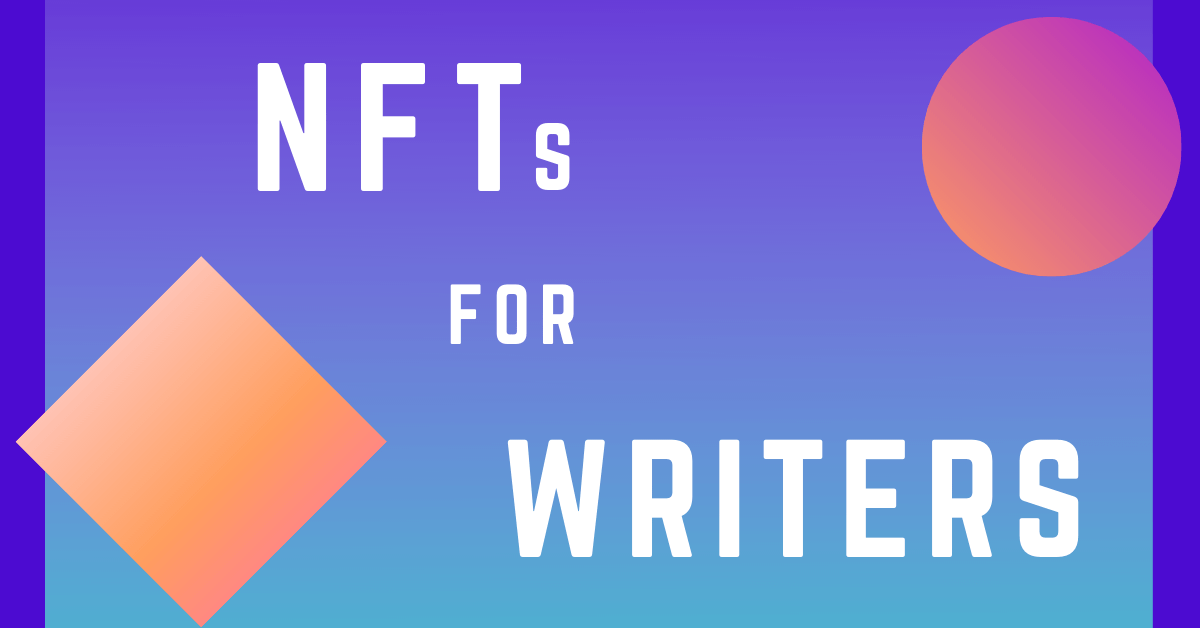 What are NFTs?
What are NFTs?
NFTs are digital collectibles. If you remember collecting baseball cards when you were a kid, an NFT is a digital version of that card.
You can also have art NFTs, video NFTs, music NFTs, and, of course, book NFTs.
It’s just a digital file with the ownership recorded in the blockchain.
NFTs are exploding in many fields right now, but they will soon make a huge impact in the literary world. If you’re a writer, pay attention to how they will disrupt the industry.
Why release NFTs for your book?
When you release a book, releasing only the print/digital version is limiting the options available to your readers. Ardent fans, who like you and like your book, want more access to your book and the world you’ve created.
A digital collectible will give your readers access to all sorts of goodies and extras that are related to your book.
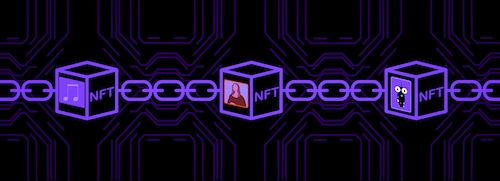
What kind of NFTs could authors sell?
- Collectible version of the cover art of your book (A numbered version of your cover art, or alternative cover art that you decided not to use)
- Hire an illustrator to create additional original works of art based on your characters or book and sell an NFT of those.
- Collectible edition of an alternative edition of the book – perhaps with an added chapter or alternative ending.
- Create scarcity by only selling a limited edition of a particular book – offer a book with only 500 copies. (Wu Tang Clan is doing this with their upcoming book, only offering 36 copies).
- An exclusive video or audio file of you reading your book (call it “First Live Read,” just like a “First Edition.”)
- A NFT that influences the storyline – a digital object that helps your reader solve a puzzle inside the book, or lets them explore a secondary/alternative storyline (like a digital Harry Potter wand).
- The 1st Copy of the book. If you sell a NFT that authenticates a certain digital version as the first one ever created, it’s a digital first edition. You could sell a single one for a high premium, or a series of 10 or 50 for a lower premium.
- If your book is a sci-fi, fantasy, or dystopia, you can sell portions of those digital worlds (as represented by artwork, maps, and the like). For instance, imagine if you could buy a graphic related to each of the four factions in the Divergent series, or a specific plot of land in Harry Potter.
- Digital Trading Cards related to your book.
- Make the text of your whole book into artwork: On Mintable, an author squeezed 64,000 words of his novel into a single image, and is selling the image.
Link Digital and Physical Assets
What’s more, you can supplement digital assets with physical assets. For instance, you could sell an NFT of the 1st through 50th digital copy of your new book for $100 – $500, and then mail them a physical special edition signed by you.
Or you could offer a Zoom call or other type of one-on-one meeting with an ardent fan who purchases one of your NFTs.
The combination of digital and physical assets is a nice one-two punch, making the NFT even more attractive to fans.
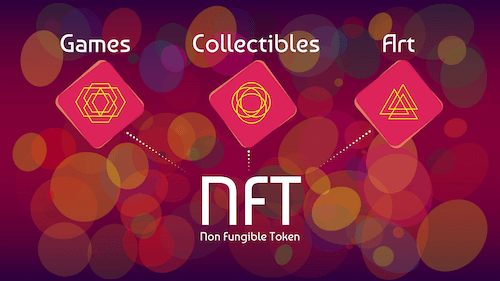
5 Benefits of Authors using NFTs
1. You deliver to your hardcore fans. The people who love your books the most want more from you. They want to see you more, hear from you more, buy more from you, celebrate you more. That’s the very nature of being a devoted fan. NFTs allow you to give your fans what they really want in a way that makes them happy and makes you money.
2. You create a media event. When you’re promoting a book, authors frequently run out of content on social media. So they resort to banalities like, “Buy my book now!” or something cheesy like creating a Twitter channel in the voice of their main character. NFTs allow you to tweet and Instagram about something substantial – you have a new version of your book! Or something book adjacent! Essentially, it’s another way to promote yourself.
3. You get residual income. When you sell an NFT, you can ask for royalties each time it’s resold. Although the standard is 10% – 15%, theoretically it could be higher. This creates an additional passive income stream for you as an author. It means every time your book or your merchandise gets sold, you’re getting a cut of the proceeds.
4. Your fans will promote you. People who buy NFTs like to brag that they’ve bought NFTs. So they post the image/music of your book on social media (I just bought copy #7 of So-and-so’s book!) , and voila – suddenly you’ve given your most devoted fans an easy way to promote you and your writing.
5. You can create investors. If you rise to a certain level of notoriety, it won’t just be your fans who are scrambling for your NFTs. It will also be investors, people who believe that this NFT will rise in the future because you’re such a wonderful author. For instance, some rare book collectors will buy a 1st edition not because they love the author, but because they think the book will be worth more ten or twenty years from now. That makes your NFT even more scarce, which allows you to charge a higher premium.
The Big Benefit for Authors: Royalties
I mentioned this above, but let me explain this more.
This is why NFTs are really making a splash: because they monetize the secondhand book market.
Most of the time, writers sell their books, and their revenue ends right there. The book could be resold ten more times, but they only get paid for the first version.
That’s terrible for writers.
But NFTs revolutionize royalties.
Someone can buy your book, access the file, read it, and then resell the token. Each time they resell the token, you get a portion of that money (royalties).
It’s like a library where you get paid each time your book is checked out. Every time your book gets resold, you get a percentage. Right now, 10% – 15% seems to be the average for resale residuals, but there’s no reason it couldn’t be higher.
Three Dangers of NFTs for Writers
1. Authors might take advantage of a trend to sell junk. With any new technology, there’s going to be a rush of people selling questionable items. For instance, people are now selling tweets. This seems absurd and is likely to be short-lived.
But if you can offer valuable digital book-related items, things that your most ardent readers actually want, then you will sidestep NFTs as a fad and go straight to NFTs as a game-changer for all artists, including writers.
2. Other people will start selling NFTs of your book. This has already happened extensively with visual artists, as the Atlantic has noted: “People are creating NFTs of artists’ works without asking permission or even letting the artists know.”
So seize the moment and start selling your NFTs before someone else does.
3. NFTs are a Bubble. This might be an issue, but I think it’s overblown. Many articles have been written about how the bubble has already popped, but if you remember the rise of cryptocurrency, the bubble has “popped” multiple times. About every other year. And yet over time, it has ascended in a diagonal line, because the technology is fantastic.
NFTs are following a similar direction. Prices will soar and then swoon and then soar again, but this is a technology which is not going away. Ride out the volatility by making good and sensible decision about what to offer fans. Don’t go for short-term profit – make your readers happy.
4 Strategies for Creating a Book NFT:
1. Offer a limited edition version. When something is only available for a short period of time, it incentives buyers and fans. I would recommend a two-week window. What’s more, after that window closes, it makes collectors yearn for those elusive originals, and become willing to pay premiums for those items (and you get a percent of the resale).
2. Offer a generative version. This means slight variations to each copy, which means that each collector/reader is getting a piece of your book which is truly unique. You can make this variation with either the art or the text. That means you could say that one word per book would be changed for each copy you sell, so that each digital copy is truly unique. If you’re only selling 10 copies, then you can manually create 10 copies where a small word is altered in each version.
3. Sell levels of your book. After selling a certain version of your book, you can change the version and start the process over. For instance, after offering 100 first editions, sell 200 2nd editions. Or after selling copies of a blue cover, change it to green and sell versions of those as well.
4. Create new categories and digital objects. Don’t only think in terms of the physical. What are digital offerings you can create that haven’t previously existed? Video recordings, audio recordings, digital artwork of your characters/world — all of these things can now be officially sold and officially owned.
Will Readers Really Want NFTs?
Yes. A thousand times yes.
There are several generations who believe that digital objects are just as real (or even better) than physical ones.
A fuddy duddy, old-school book collector only wants a physical copy of a 1st edition book. But younger people, who have grown up paying money for digital artifacts inside video games, might actually prefer a digital 1st edition copy.
A digital 1st edition is:
- Easier to brag about on social media
- The ownership is forever recorded in the blockchain (it can never be stolen)
- It’s more liquid — it’s easier to sell.
Plus, NFTs create a whole new class of collectibles for authors. There was no way to sell an authenticated 1st edition Live Reading before, whether in audio or video. NFTs make that possible.
How do NFTs help with Piracy?
NFTs help to eliminate piracy, because each copy of the book is recorded in the blockchain. Each owner is recorded in the blockchain, and royalties are paid each time the book changes hands.
That doesn’t mean unscrupulous thieves still can’t upload your manuscript to some server in Albania and offer it for free. But it does provide a solution in the long term where you have a digital record of who owns your book and who doesn’t.
Here’s how Joanna Penn and Simon-Pierre Marion describe how NFTs will help with piracy:
Joanna Penn: I won’t say solves the problems of copyright and digital piracy entirely, but it certainly goes in the right direction […]
Simon-Pierre: If anyone tries to add a new [book] then the blockchain technology would automatically know that it is someone trying to add the same book or a copy of that book, because of its digital footprint or fingerprint.
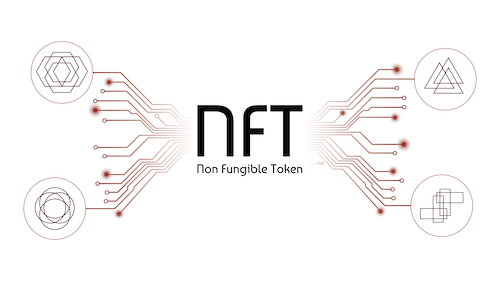
Up Front Costs
It costs money to “mint” an NFT. It also costs money to buy and sell NFTs.
These costs vary on the amount of traffic currently running through a network, which means your “gas tax” (the fee for minting an NFT) might be $10 or $100 depending on when you try to do it.
That means you can’t create NFTs for your book at low price points, or else the fees will strangle you. NFTs are best when you’re creating higher priced items, or a large number of medium priced items (the price is continuing to move downward, as well).
But authors should look at not only the monetary advantages of NFTs, but also the publicity advantages. When a space like this is new, it can really drive traffic and attention to an author’s book.
For example: selling digital wands for Harry Potter to collectible clues in a murder mystery. It could be simple or complex: from having it merely be a separate collectible, or to the collectible potentially influencing the story itself.
The future of Book NFTs
Here’s the upshot of this entire article: NFTs can revolutionize the rare and secondhand book world, as well as allowing authors to better monetize their books.
There’s also the possibility of a disruption to Amazon. If a start-up was to offer an NFT service for selling books, where all copies of a certain author’s book would be sold on the blockchain, that service could be a provide a service that Amazon doesn’t currently offer.
All it takes is a few high-profile authors to recognize the monetary benefits of such a model. Imagine if Stephen King or James Patterson decided to experiment with releasing a single book only as an NFT (the way Wu Tang Clan has done with music). The monetary benefits for the authors could be huge, as they get a higher percentage of every book sold, and they get a percentage of the resale as well, and it’s easy to track.
The technology has already arrived — all writers need is a better platform.
Essentially, NFTs are a way to sell digital books and literary accessories in a way that maximizes author revenue. Instead of only getting 70%, as most digital services offer authors, the author could be getting more like 90%, and then receive royalties time and time and time again, as that digital book is sold and resold.
Learn More
If you’d like to learn more about how books will be changed by the blockchain revolution, and NFTs in particular, I would recommend checking out this podcast from The Creative Penn.
Joanna Penn interviews Simon-Pierre Marion, and talks about bookchain.ca, a new platform that allows authors/publishers to publish on the blockchain. And yes, they talk about NFTs as well, and how they can transform contracts, royalties, and everything else in the book world. (skip to the 27th minute to hear more about NFTs, or search the transcript).
To contact me about NFTs:
![]()

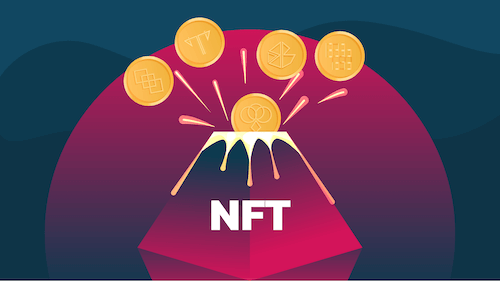
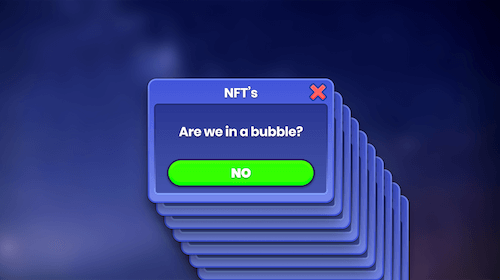
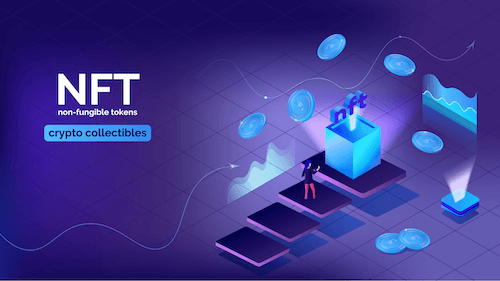
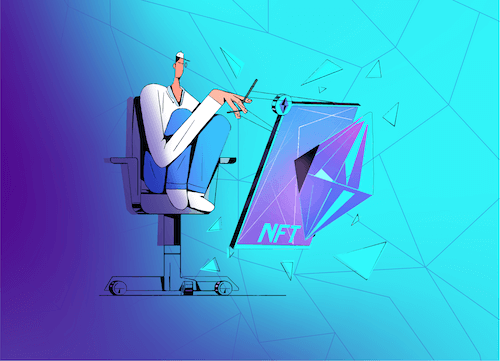
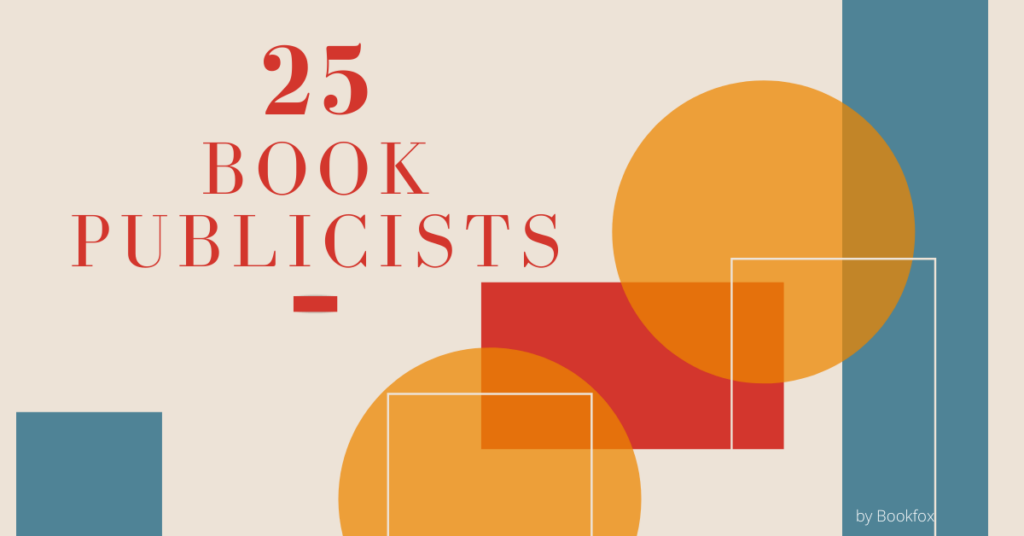
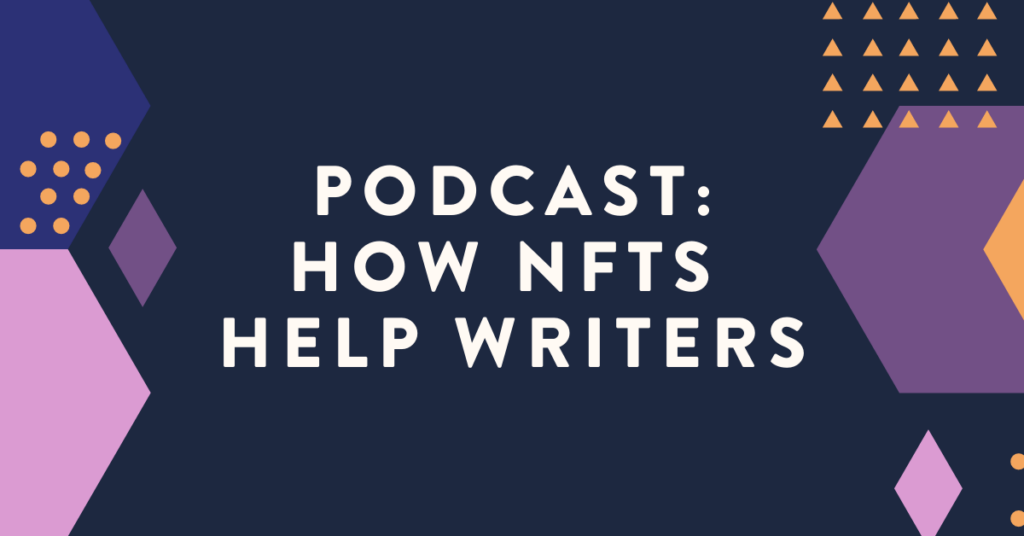

9 comments
John, that’s a good overview of potential NFTs authors can co-create to earn secondary income but also excite the fans. I especially like your ideas about offering limited editions and (cover) artworks from the book. As a cover designer and illustrator myself, I often thought about creating limited editions artworks from a book, which would work especially with sci-fi and fantasy stories.
I wonder—especially for indie authors with smaller audiences—how many (die-hard) fans would actually buy merch, especially if it’s in NFT form which I assume most people don’t yet (fully) understand.
I think NFTs are currently in a nascent form, but I think a platform could easily gain traction by offering an easy-to-use interface.
So you’re right that currently, it’s a new technology, it’ll be hard to get widespread traction, but in the future it will be easier for everyone to buy NFTs (just look at how Paypal started integrating Bitcoin, making it more mainstream).
I guess I’m looking forward in this piece, looking to the future.
Hello! I am so excited to be at the stage where I can announce the release of my children’s book/cartoon series as NFT’s. A Bug Travels Far is a 4 book series and my NFT drops are starting on 12/6/21. John, your article is amazing, and helped me 3 months ago when I was trying to figure out how to release my books as NFT’s. Being a children’s picture book gives me a head start as I can sell the covers, full page and characters as tokens as an NFT project, blowing open the options for children’s book authors. I will say that I can now teach a course in how to release children’s books as NFT’s! Also, the text piece is a problem I hope to help solve. The main NFT marketplaces do not accept PDFs yet as a file. I wrote to a contact of Adobe today to ask them to meet with Open Sea and other NFT marketplaces to resolve this. (jpeg, mp4, png, gifs are all accepted, its a matter of time, writers!) With Adobe PDF’s being an accepted mintable file type, we could all mint our full books with text as NFT’s. I am happy to help anyone looking for assistance! We are early and this really disrupts traditional publishing hardships.
Fantastic insight. Really appreciate the article. We are in the first portion of the first stages of NFTs on the Blockchain. Many forms of entertainment and story telling can be wrapped in the NFT ecosystem to bring new inovations in delivery consumption and royalties.
I am a long-time writer, first time NFT anything. Just started some small-time investing, exploring crypto and learning. This article is the first one that I found related to the topic of using writing as crypto, and I am glad that I did! Thank you very much for providing such an informative and well-written article. I look forward to learning more from your website. – SLW
Hello! This is an amazing article! What I am curious about, for example if I’m using Rarible, own a digital cover of my book and want to sell it, how do I include the text of the book when I sell the cover? An explained processs would be great, thank you!
I’m in the midst of a deep dive into NFT’s and have a book releasing early next year. This article really cemented home what I thought was a crazy idea and turned it into my next step. Thanks!
Several different methods can be used to use NFTs for writing. While some of them may be short-term, such as working with a publisher on an exclusive book, others are long-term, such as collaborating with a publisher on an e-book or comic book. This type of model is becoming more popular, as more people are interested in digital content. Here are nine ways writers can take advantage of NFTs for writing.
your article is great , i wander can we sell small texts as nft? and is there a marketplace for this?